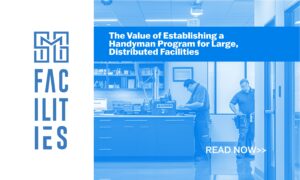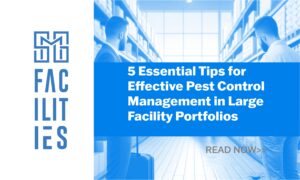Going green is a growing trend throughout society and that focus is never more apparent than for companies with large distributed portfolios.. Many of today’s consumers are trading in trusty – single-use – Ziplocs for silicon storage bags and demanding that fast fashion be stopped. However, unbeknownst to most consumers shopping in a brick and mortar store is that the building itself has a greater negative impact on the planet than the actual product they’ve purchased.
The Office of Energy Efficiency and Renewable Energy reports that “On average, 30% of the energy used in commercial buildings is wasted.” Wasted energy not only reveals an area for cost saving, but an area where businesses miss out on adding value and benefit to their company for their shareholders, employees, consumers and the planet. This is where sustainable facilities management comes in.
Defining Sustainable Facilities Management
A company who chooses sustainable facilities management enables the facility manager to make decisions and take action that can reduce the company building’s negative impact on the environment and people. These decisions can be structural, architectural and/or operational in nature. This management method includes energy management, monitoring and tracking to avoid breakdowns and wasted energy and aligns more and more with the company’s overarching corporate strategy around ESG (Environmental, Social & Governance). By effectively monitoring critical equipment, facility professionals can significantly prevent malfunctioning assets, such as HVAC, from using more energy when issues arise.
Although consumer trends may be the initiator for an owner to consider this – today, Sustainability is encouraged even from a government level. Facility Executive shared that, “Companies are encountering sustainability requirements in the building codes of increasingly progressive federal, state, and local regulators.” As new buildings incorporate these green requirements , current building owners and managers need to consider how to plant their “green flag”.
1. Sustainability Is About Strategic Upgrades
Companies that have distributed portfolios who are considering sustainable facilities management may be unsure how to develop a sustainability strategy or even add processes to a facility manager’s checklist of duties. However, strategic upgrades to critical equipment can streamline some of these duties while producing tangible benefits. Automated or “smart” controls are a great example that reduces lighting costs with motion sensors, but also removes the need for a facility manager to ensure all lights are off at the end of the night.
2. Partner Reputation Matters
When pursuing sustainable facilities management, there may be signs to outsource facilities management. When choosing to outsource a portion of your facilities management or in it’s entirety, it’s important to consider your partner’s reputation. Every facility management company will claim they have the reputation and experience, because how else would they get any jobs? However, for the building owner or facility manager considering this avenue to achieve sustainability, it’s important to work with someone with experience and proven results.
3. Comprehensive Energy Controls Also Require Analytics-Backed Solutions to Understand Your Building’s Carbon Footprint
Sustainable facilities management requires the ability to have access to the correct analytics that provide actionable data for building decision-makers. Knowing what facilities management KPIs to track is the first step to finding these analytic-backed solutions. The correct KPIs can monitor things like the average order response time to track down when time and funds are being wasted waiting for an issue to be resolved. By revealing waste, decision-makers are better equipped to drive that waste into retreat.
4. Consider the Impact of Supplies’ Manufacturing and Environmental Impact Too
Sustainable facilities management expands past a building’s core energy use and into the products that are brought in. Daily supply and cleaning items can make up a significant part of a building’s carbon footprint. When repairing items, will the materials that are being ordered match up to the company’s sustainability goals? Proactive management can ensure that procuring these weekly or monthly orders is not an overlooked opportunity to go green.
5. It All Begins With Retrofitting Your Facility to Track Energy Use
By introducing trackable technology or features to the current, established system, companies in any industry are ready to work toward sustainable facilities management. These tools not only evaluate wasted energy and cost-effectiveness but can be proactive to reduce the risk of commercial property damage. Being energy efficient is more than just checking the utility meter, so having tools to track water efficiency, indoor air quality, and space utilization are all areas that fast truck sustainability.
Choose the Right Partner to Enable Sustainable Facilities
As more local, national, and global initiatives are being put together to protect the earth’s resources for future generations, companies need to do so as well. Sustainable facilities management can reduce long-term costs, improve customer perception and employee well-being. Building owners and facility managers benefit greatly by finding a reputable partner to pursue sustainable profit improvement. To see how your company can raise its green flag, partner with SMG Facility Services today.







